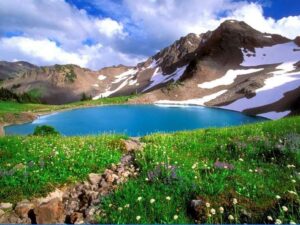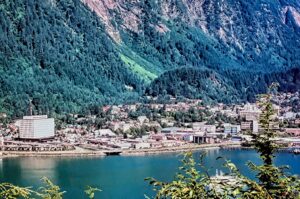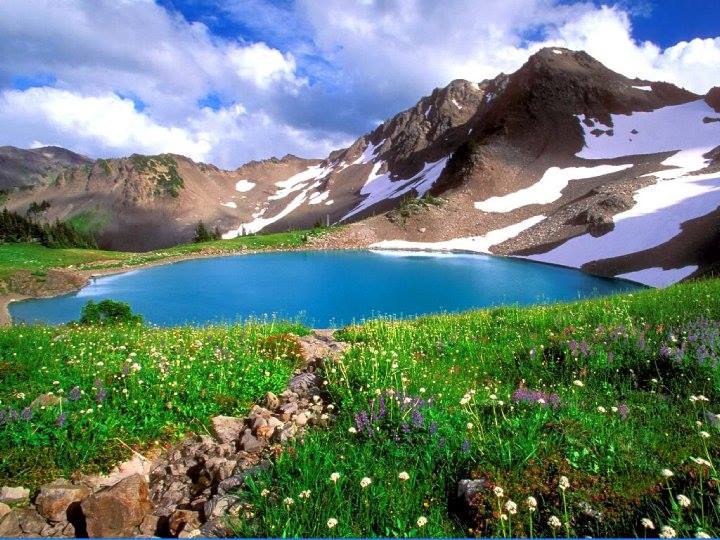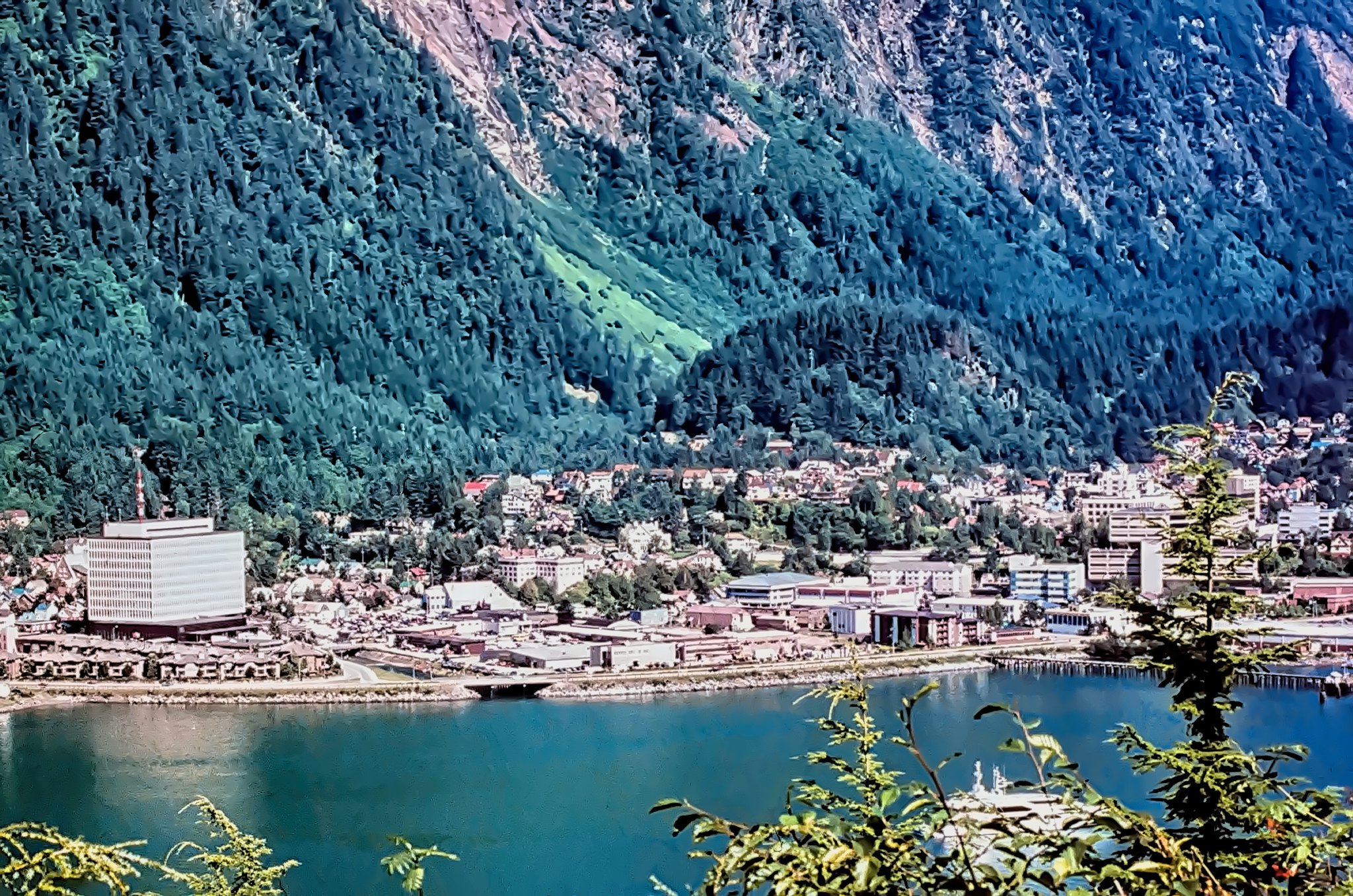best vacation spots in costa rica – Discover the best tourist places in Costa Rica, a country privileged in natural settings, where you can enjoy ecotourism paradises and some of the best beaches on the continent. Check the list below!
1. Rio Celeste
Located within the Tenorio Volcano National Park, in the province of Alajuela, it corresponds to a river of thermal waters, which owes its fame to the intense turquoise tones of its waters, resulting from an optical phenomenon given by the dispersion of sunlight and the high concentration of aluminum silicates.
The route along the river is surrounded by tourist attractions, passing through waterfalls, lagoons, and viewpoints, offering spectacular views of the Tenorio volcano and the exuberant tropical forest found in its surroundings.

2. The Fortune
This small town, located in the province of Alajuela, corresponds to one of the main tourist places in Costa Rica for ecotourism enthusiasts, famous for the vast diversity of activities in contact with nature that its forest and river environments allow.
Its tourist offer includes options for hot springs, canopy, rafting, bird watching, and hiking. In addition, La Fortuna is the gateway to the Arenal Volcano National Park, home to the famous volcano of the same name, the most active in the country, constantly emitting gases and water vapors.
3. Monteverde Cloud Forest Biological Reserve:
Another natural wonder, which could not be left out of any ranking of the best tourist places in Costa Rica, corresponds to this immense biological reserve located in the province of Puntarenas, extending over 10,000 hectares, which protects the cloud forests. of the Sierra de Tilaran.
One of the main attractions of the reserve is its wide route of trails, which allow you to penetrate, with relative ease, through the exotic landscapes offered by the cloud forests, where the fog is concentrated at the height of the vegetation. In addition, this reserve is one of the best destinations in Costa Rica for bird watching, the main protagonist being the majestic quetzal.
4. Cocos Island National Park:
Part of the province of Puntarenas, this 99,725-hectare island and national park in the Pacific is home to impressive natural settings, with tropical rain forests, huge waterfalls, turquoise water beaches, underwater caverns and cliffs that exceed 180 meters in height.
Declared a World Heritage Site by UNESCO, this paradisiacal island is also famous for its impressive seabed, considered among the best on the planet for diving, given the transparency of the waters and the ease of encountering large marine animals, such as whales. , sharks, giant manta rays, and blue dolphins.
5. Manuel Antonio National Park:
This national park, considered by important publications as one of the most beautiful in the world, is also located in the province of Puntarenas, standing out for its exotic landscapes, where paradisiacal white sand beaches converge, surrounded by tropical rain forests and huge mountains.
Throughout its 56,983 hectares, you can enjoy the observation of a large number of ecosystems and terrestrial and marine biodiversity, as well as recreational activities, such as hiking, kayaking, and horseback riding. For lovers of diving and snorkeling, the coast of this park also offers splendid possibilities with beautiful coral reefs.
6. Jaco:
This small coastal city in the province of Puntarenas corresponds to one of the most visited tourist places in Costa Rica, given its proximity to the capital San José, home to a beach approximately 4 kilometers long, where some of the best spots are concentrated. Country surfing.
Jacó concentrates on a lively offer of nightlife, restaurants, and recreational activities, such as quad rides, kayaking, rafting, safaris, horseback riding, and surfing. Nearby, you can enjoy privileged points of contact with nature, such as the Carara National Park, the Manuel Antonio National Park, or the Playa Hermosa National Wildlife Refuge.
7. Puntarenas:
Puntarenas is the capital of the province of the same name, famous for being one of the most important sun and beach destinations in Costa Rica, in addition to having important hotel infrastructures, an intense gastronomic offer, and lively nightlife.
Puntarenas is also the starting point for exploring the many beaches and islands in the province, considered among the best in Costa Rica, as well as numerous national parks and nature reserves.
8. Tamarind:
This old village of artisanal fishermen in the province of Guanacaste is today a surfing mecca and one of the most famous tourist places in Costa Rica because of its beaches. It maintains a relaxed atmosphere of a coastal town while bringing together elegant shops, nightlife, and sophisticated restaurants.
Tamarindo is also a Wildlife Refuge, protecting the nesting of leatherback, olive ridley, and green turtles, which arrive between October and March. From the city, you can visit the neighboring beaches, among which are: Playa Grande, Langosta, and Ventanas.
9. Old Port:
Located in the province of Limón, it corresponds to a small town in the Costa Rican Caribbean, known for being one of the favorite tourist destinations for backpackers and surfers, who enjoy its paradisiacal beaches with crystal clear waters and the lively party atmosphere of the place. With dozens of bars, hotels, and restaurants.
From Puerto Viejo, you can enjoy the series of beautiful neighboring beaches that make their way to the neighboring town of Manzanillo, such as Playa Chiquita, Playa Negra, and Playa Punta Uva. In addition to beaches, Puerto Viejo has amazing ecotourism destinations in its surroundings, including the Cahuita National Park, the Bribri de Talamanca Reserve, and the Gandoca Manzanillo Wildlife Refuge.
10. Tortuguero National Park:
Also, in the province of Limón, this famous national park is known for being one of the most important sites in the Costa Rican Caribbean for spawning sea turtles, such as the leatherback turtle, the green turtle, and the hawksbill turtle, among others.
In addition, this national park stands out for the beauty of its natural settings, with a set of canals, rivers, and navigable lagoons immersed in the tropical rainforest. The biodiversity of this area is also extraordinarily varied, hosting substantial populations of mammals, amphibians, birds, and fish.
11. Saint Gerard of Dota
With almost 1,000 miles of coastline touched by two seas, Costa Rica attracts many people who want to take advantage of its beaches and waves. But not everyone comes to Costa Rica to practice surfing. San Gerardo de Dota, located in the Savegre River valley of the Cordillera de Talamanca, is perfect for bird watching. While its location in the south and center of the country facilitates access to Los Quetzales National Park, mass tourism has not reached here.
Almost 200 species of birds have been identified in the cloud forests of this region – including a variety of hummingbirds, woodpeckers, and tanagers – but the undisputed star of the place is the quetzal, which often spends its time in the San Gerardo de Dota region. all year.
Most accommodation options offer Instagram-ready views of rolling mountains and fruit plantations, from luxurious villas to mountain cabins. If you end up in San Gerardo de Dota and the birds don’t appeal to you, you can fish for trout in the Rio Savegre, tour coffee farms, and visit the Naranjo waterfall.
12. Chirripo National Park
Cerro Chirripó is the highest peak in Costa Rica (12,533 feet). This national park was made for hikers and climbers. On a cloudless day, from the summit, you can see both seas, the Caribbean and the Pacific.
In addition to the challenge of climbing Chirripó, numerous trail systems pass through more ecological zones than exist in most other countries. Climb from grasslands near San Gerardo de Rivas (don’t miss the hot springs there, just a 15-minute walk north from the ranger station) to rainforests, and forests of 150-foot-tall ancient oaks, to the tundra ecosystem already near the top. All this richness in diversity keeps armies of biologists busy for life.
The climb to the top is 11 miles, with an elevation gain of nearly 10,000 feet. There is a refuge half a kilometer before the top. Camping is not allowed, and reservations for the refuge must be made with the national park system.
13. Montezuma
Montezuma used to be nothing more than a fishing village. Those days are gone into history. Its beaches now host the hippie/bohemian scene, with locals and foreigners.
The town’s location on the southeastern point of the Nicoya Peninsula means that finding your way there is half the fun. You can travel to Jacó by bus, but from there, it’s a one-hour ride in a water taxi that goes directly to Montezuma beach (the boat leaves from Herradura, north of Jacó). You can also drive two hours from San José to Puntarenas and its ferry terminal, where you can take the ferry to Paquera. Once in Paquera, go another hour through Playa Tambor, Cóbano, and finally on a gravel road to Montezuma. (Yes, there’s also a cheap 25-minute flight from San José to Playa Tambor, but that option rules out the adventure.)
Miles of rugged coastline border Montezuma also offers fantastic nightlife. A little outside the center of town is a beautiful 80-foot waterfall with pools for bathing. There are also hot springs nearby. Montezuma is not a problem because it’s on heights.
14. Turrialba and Pacuare
There is no better way to see the grandeur of the Pacuare River’s mountains, canyons, and waterfalls than on a raft. National Geographic magazine named this river one of the ten best rivers in the world for rafting, and there are tour operators and sections of the river to accommodate any level of experience. Although you will probably be busy driving the rapids, you may also spot numerous birds and monkeys during the tour.
If you don’t like rafting, the city of Turrialba is an excellent place to visit. Also there you can schedule a tour of the ruins of Guayabo. This place is one of the only pre-Columbian sites open to the public, and it gives you an idea of what life was like here between 1000 BC and 1400 AD.
Note: The Turrialba Volcano erupted in October 2014, so at the moment, the Turrialba Volcano National Park is closed. Still, its Jurassic Park-like slopes can be seen from a distance.
15. Chamomile
For those looking for something secluded, the town of Manzanillo satisfies them. This town marks the end of the road that runs parallel to the southern Caribbean coast of Costa Rica and is paved for the first time in 2003.
There are still 10 miles of pristine shoreline between the end of the street and the border with Panama. A half-day hike will take you to Punta Mona.
Further to the southeast, deep inside the reserve, you can visit the town of Gandoca, which is reached from the main road by four-wheel drive or boat. This little town is closely linked to Afro-Caribbean culture. There are friendly Costa Ricans throwing parties and new friends who invite you to go snorkeling or kayaking. One of those trips under the radar will give you a new understanding of the tico spirit.











